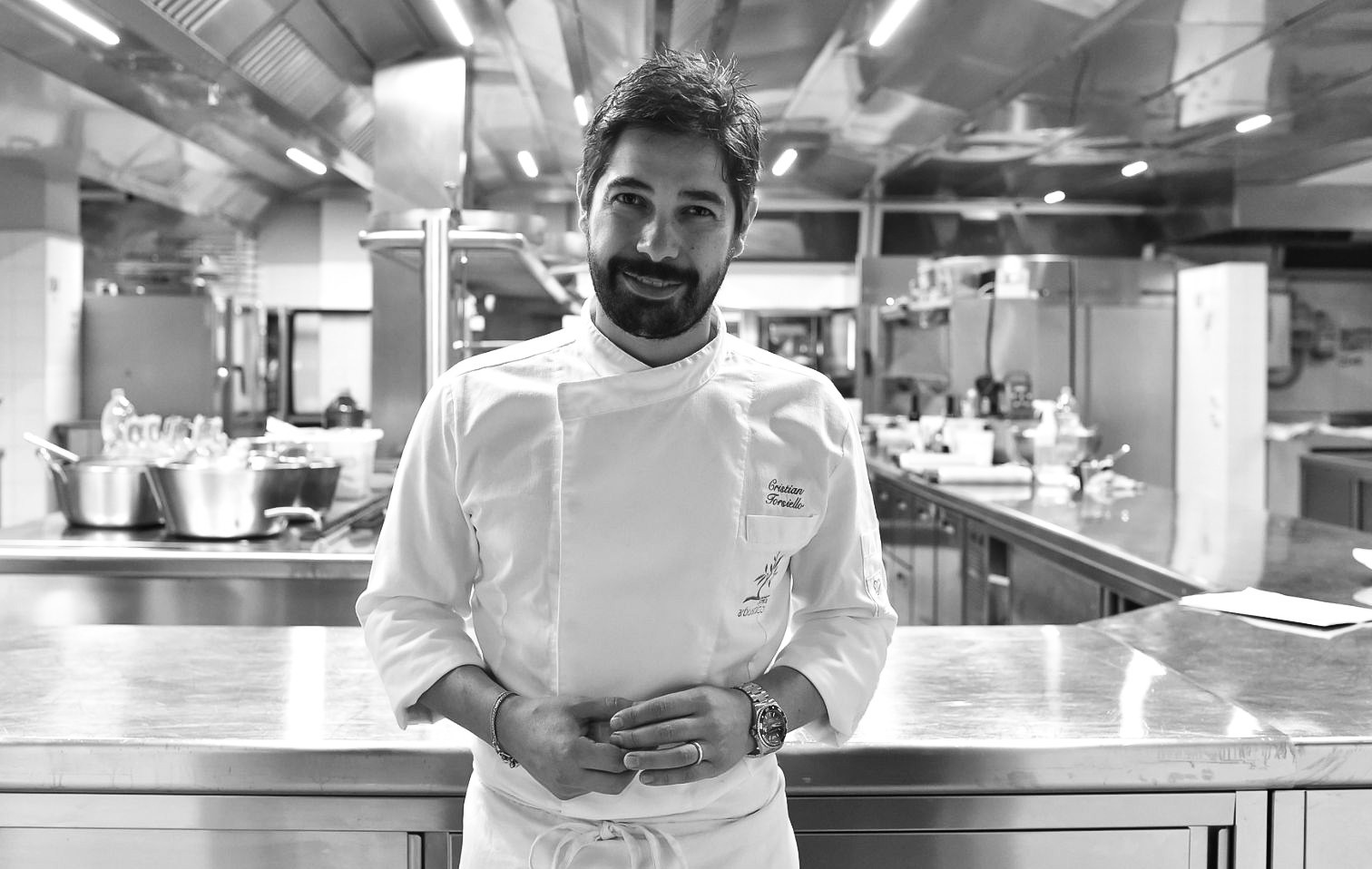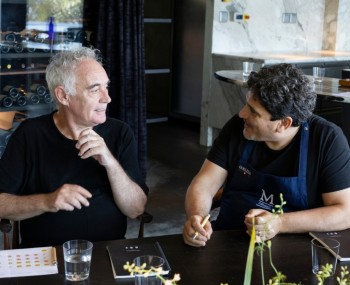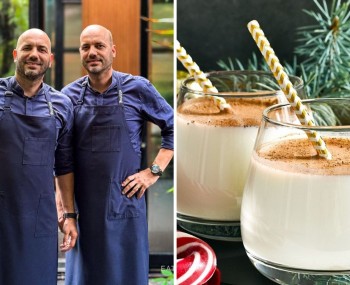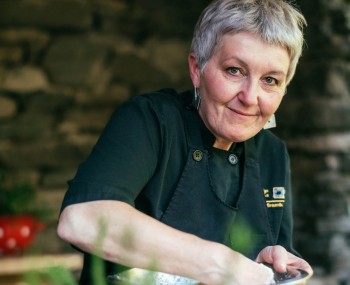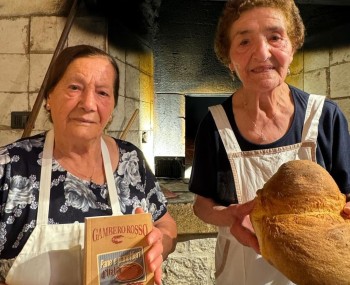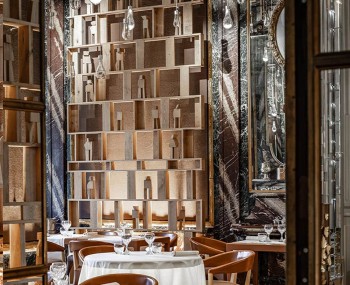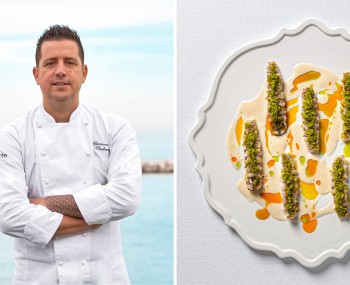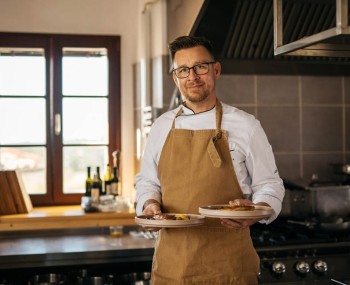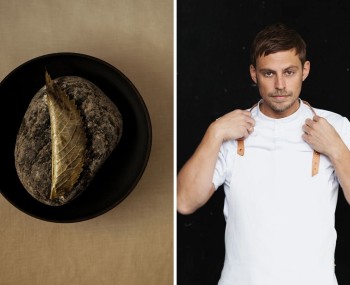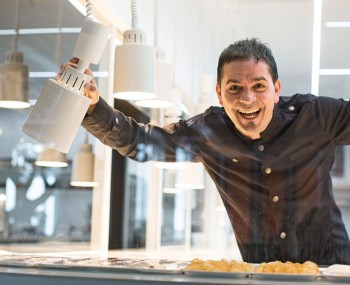From a small village in Salerno to the new square in Paestum, always guided by a Michelin star along the way: Cristian Torsiello's journey, characterized by complex yet understandable and versatile dishes, cooked without unnecessary sophistication to savor the most authentic flavors.
The story
It all began in 2011 in Valva, a small village in the Salerno hinterland. It was there, in their homeland, that brothers Cristian and Tomas Torsiello, born in 1983 and 1986 respectively, decided to return after numerous formative experiences. They aimed to create a project that felt like home, driven by passion, and, most importantly, capable of translating their acquired cultural knowledge into a personal and intimate culinary language.
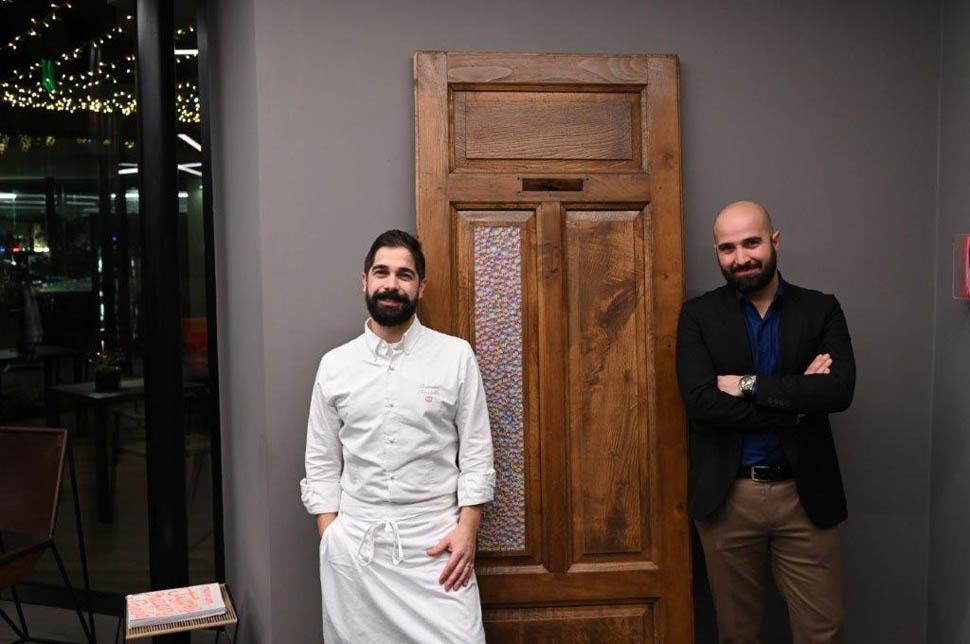
Their journey was not without significant experiences, including stints with renowned chefs like Gennaro Esposito and Valeria Piccini. However, their most pivotal experience was with Niko Romito, where they worked side by side, with Tomas in the dining room and Cristian in the kitchen, serving as the right hand to the chef, who now holds three Michelin stars. Valva was not merely a starting point but a new beginning, a sequel to a successful film destined for an even wider audience. In that small village, in 2015, they earned their Michelin star, a recognition of their ambitious project and the determination and skill of a team conscious of their abilities, not just in the eyes of the public but also within the industry itself, particularly those who appreciate small ventures with grand aspirations.
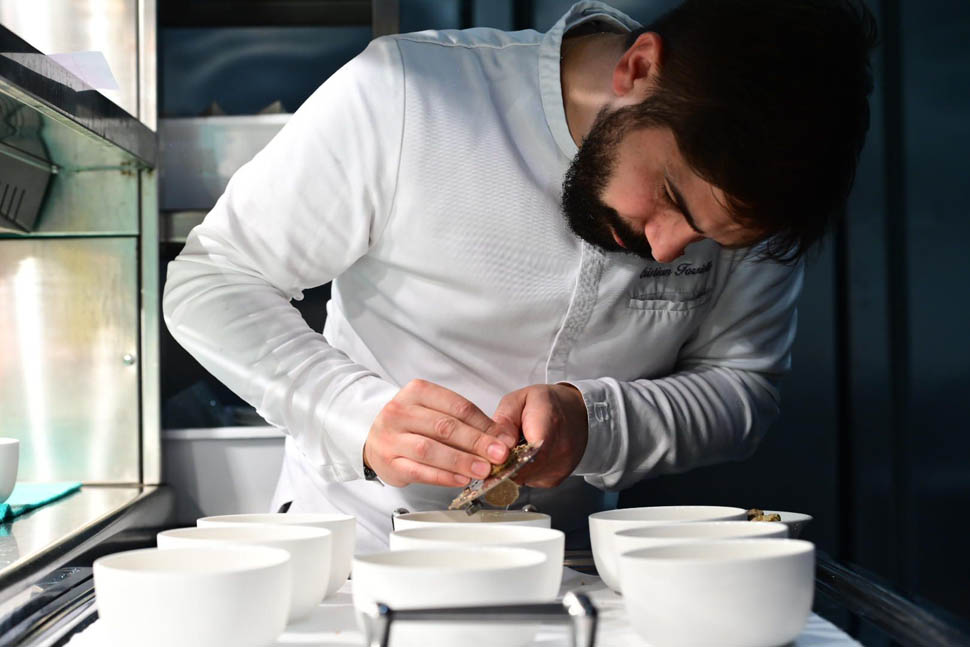
Their move to the Royal Paestum hotel in 2018, strongly supported by the Buccella family, the hotel's owners, represented more than just a shift from the countryside to the city. It was a natural progression that followed the course of the Sele River, "converging" in Paestum, where the river meets the sea. Cristian recalls, "The Michelin guide's comment when they heard about the closure of the Valva restaurant and the move to Cilento was, 'What a shame.' It demonstrated how much their project had garnered favor not only with the public but also with industry professionals who appreciate small establishments with big dreams.
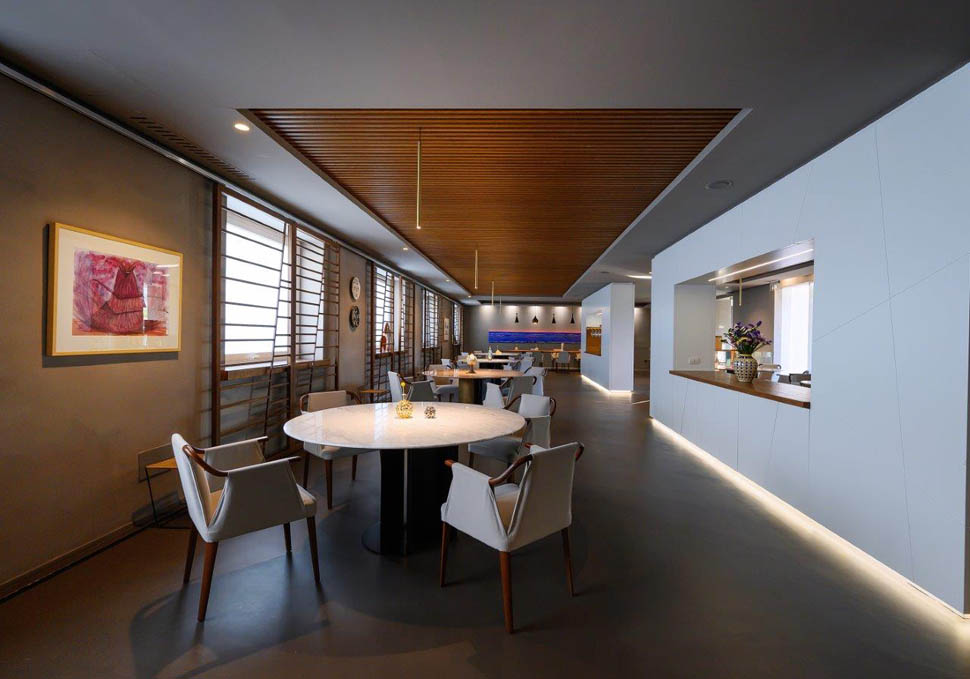
Taking the stage in a more prestigious setting meant engaging with a broader audience and higher expectations, which brought greater responsibility, more inspiration, and diverse perspectives. These needed to be harmonized with their previous experiences, making them complementary. It also meant starting from scratch, exploring a new territory, understanding its characteristics, and interpreting it with a language easily understood.
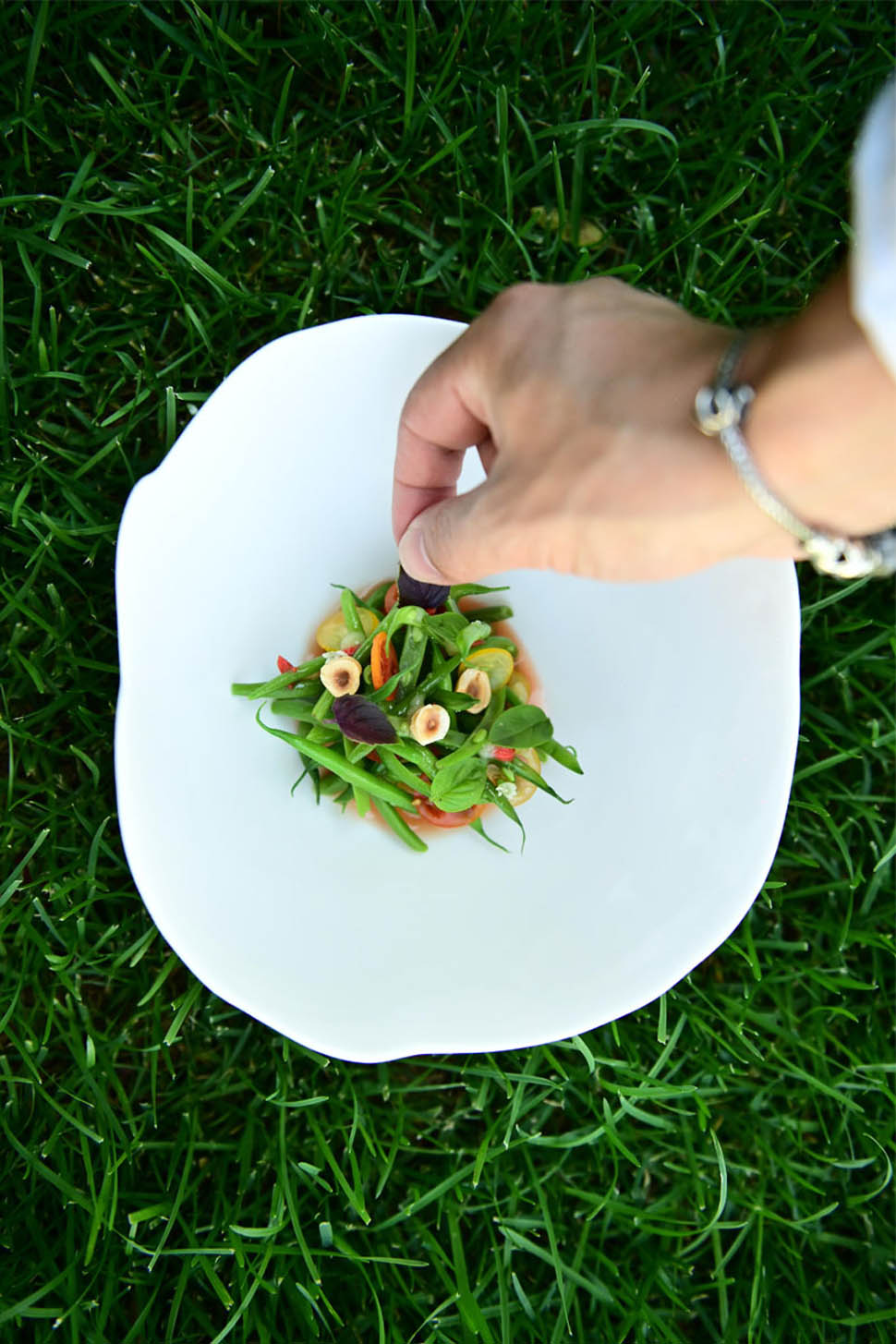
The restaurant
Is it possible to change one's style of cooking? To adapt to new conditions? Probably, but not entirely. It's like playing a role that doesn't suit you; you can perform it perfectly, be a great actor, but only for a limited time. In some ways, this is what happened to Cristian Torsiello when he arrived in Paestum. His cuisine is direct and immediate, featuring complex yet understandable and versatile dishes. It emphasizes local small producers and regional ingredients, cooked without unnecessary sophistication, to showcase the most authentic and genuine flavors.
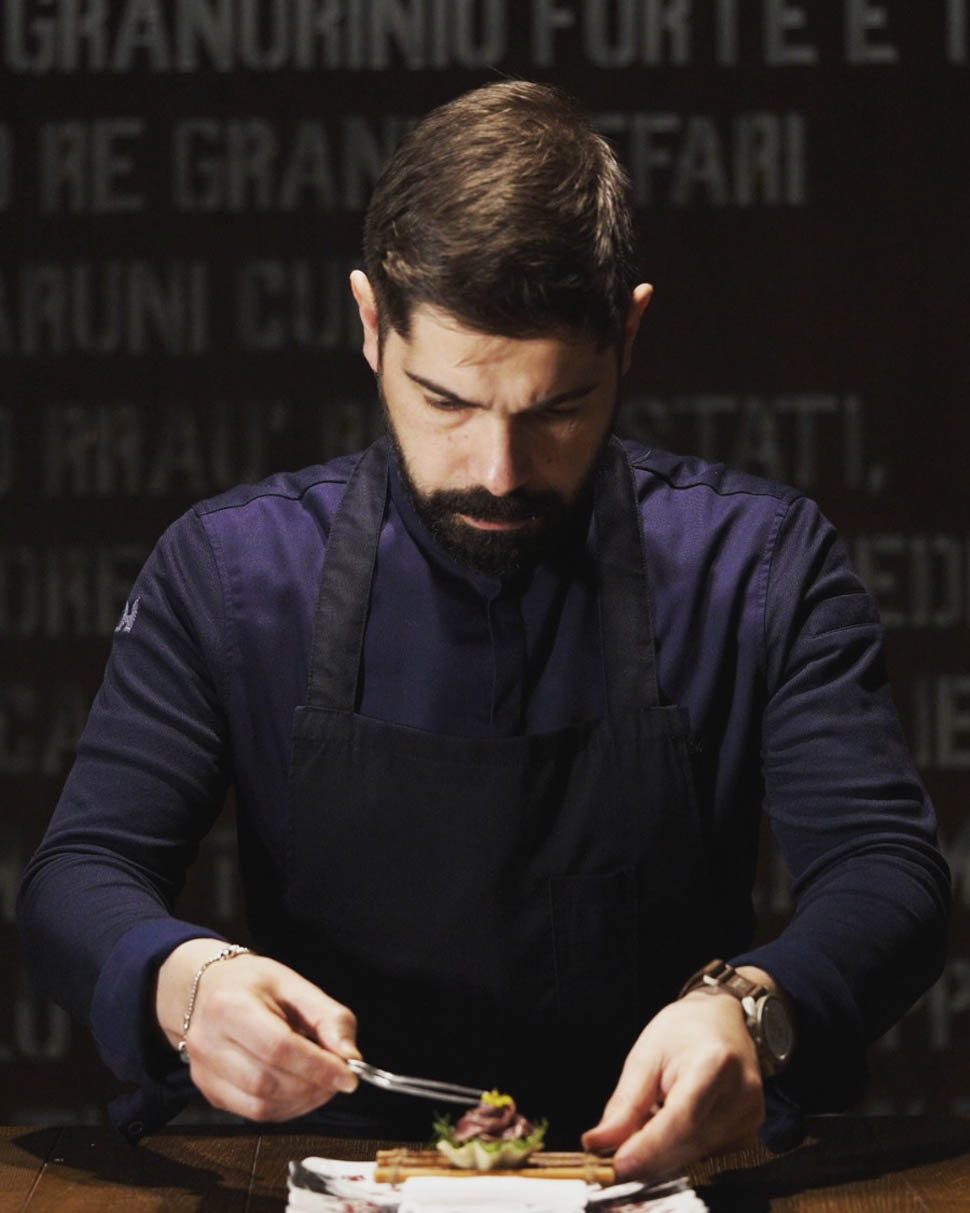
However, adapting this philosophy to a seafood cuisine, as the Paestum setting demanded, wasn't straightforward. Cristian confesses, "My culinary philosophy isn't tied to the sea, and in reality, neither is that of the people here in Paestum. Paestum is a coastal town, but there are no fishermen, no harbor; it's not a city devoted to the sea, except for its most traditional recipes." This realization was fundamental, allowing them to take a step back and return to their rural roots, more in line with the chef's strengths. It was about creating dishes not solely intended to impress but to be recognizable, inspired by the territory but without rigid constraints, contemporary, and focused on authentic flavors.
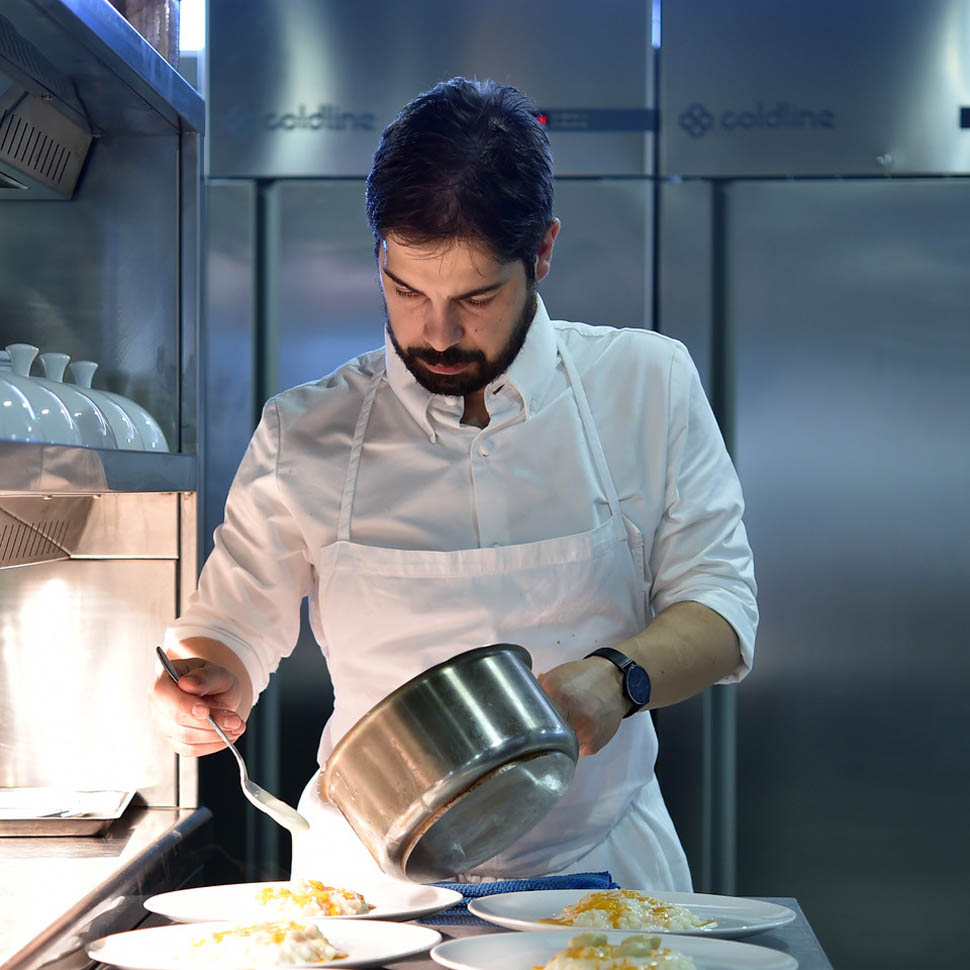
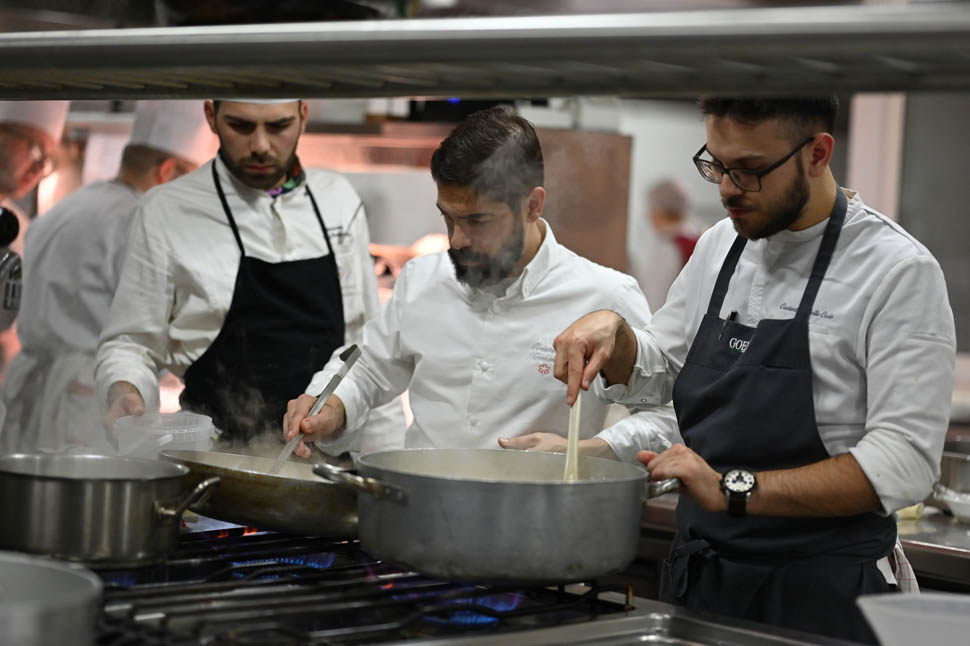
Cristian adds, "To be original, you have to look within your own home because even moving a few kilometers can change recipes and traditions." This led to the idea of presenting the new framework through two tasting menus, named after two rivers: Sele and Tanagro, allowing diners to choose dishes from the à la carte menu as well. The Sele menu, representing a 70 km journey to the sea, consists of 7 courses for €90.00. Meanwhile, the Tanagro, the Sele's main tributary, stretches 100 km without reaching the sea and offers 10 courses for €110.00. These menus feature diverse landscapes, including freshwater fish, game, and wild herbs.
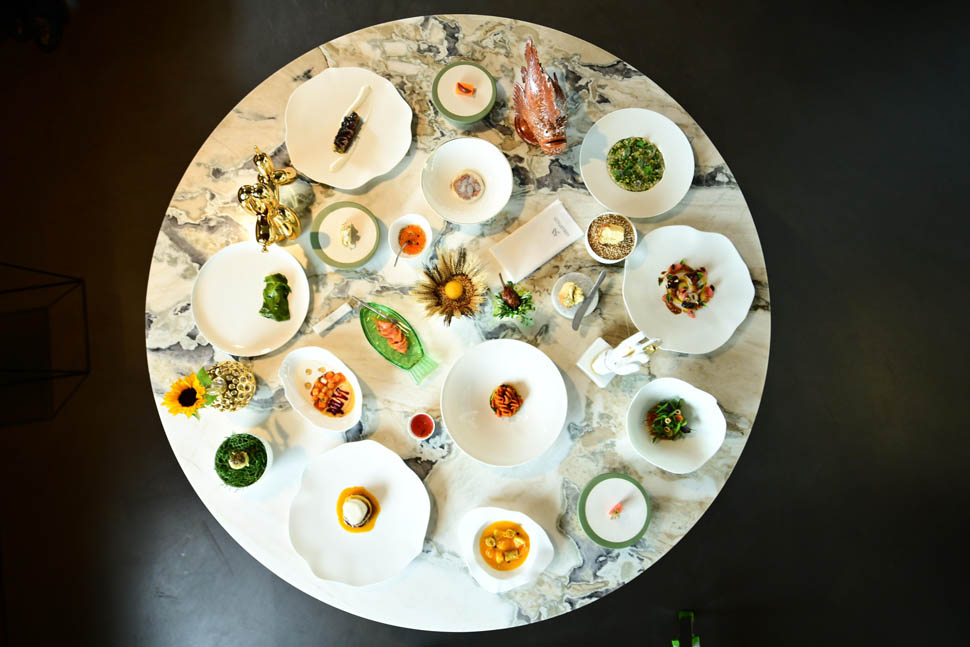
Notably, there's also a children's menu catering to "young gourmands, the palates of the future," with options like ham and cheese omelette, Parmesan risotto, and free-range chicken cutlet. The restaurant accommodates between 25 and 32 guests, a number that remained unchanged from Valva. The only difference is the addition of two outdoor tables where diners can enjoy both dinner and a delightful aperitif featuring small bites. Some examples include peperoncino zeppola, mackerel with ponzu sauce, cicoria tacos with capocollo, arugula, and aged balsamic vinegar, and potato spaghetti with seaweed, sesame seeds, and bergamot mayonnaise, all accompanied by the "Cilentan Bloody Mary" – panzanella water with Beluga vodka – and a pleasing musical backdrop.
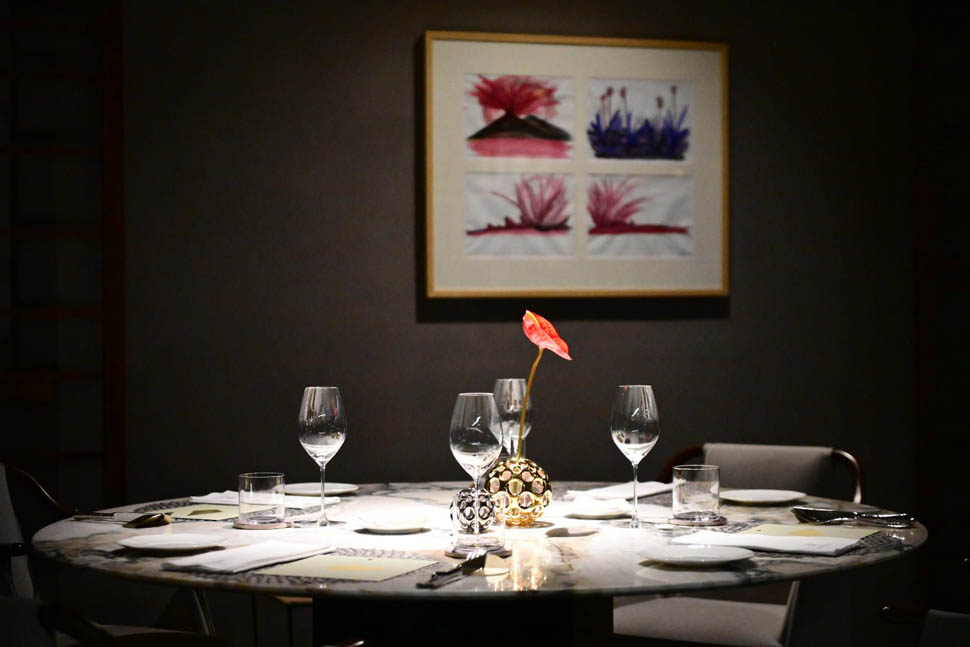
The dining area, completely renovated between 2020 and 2021, is elegant, adorned with precious objects, yet minimalist, geometric, and essential. It perfectly reflects the restaurant's culinary philosophy. Notably, there's a communal table in the background and large marble round tables, devoid of tablecloths, contrasting beautifully with the gray walls.
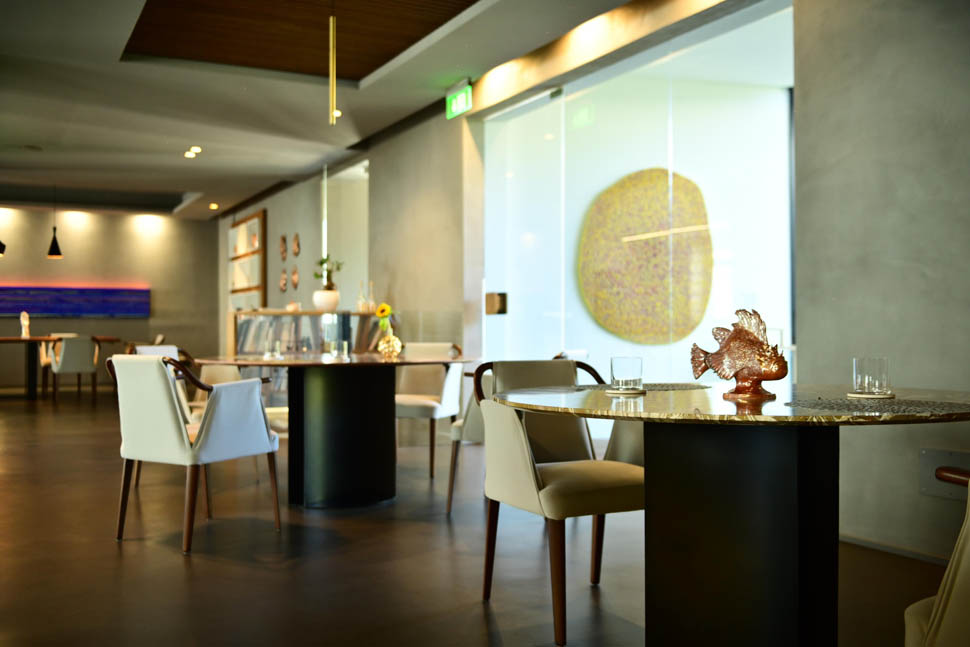
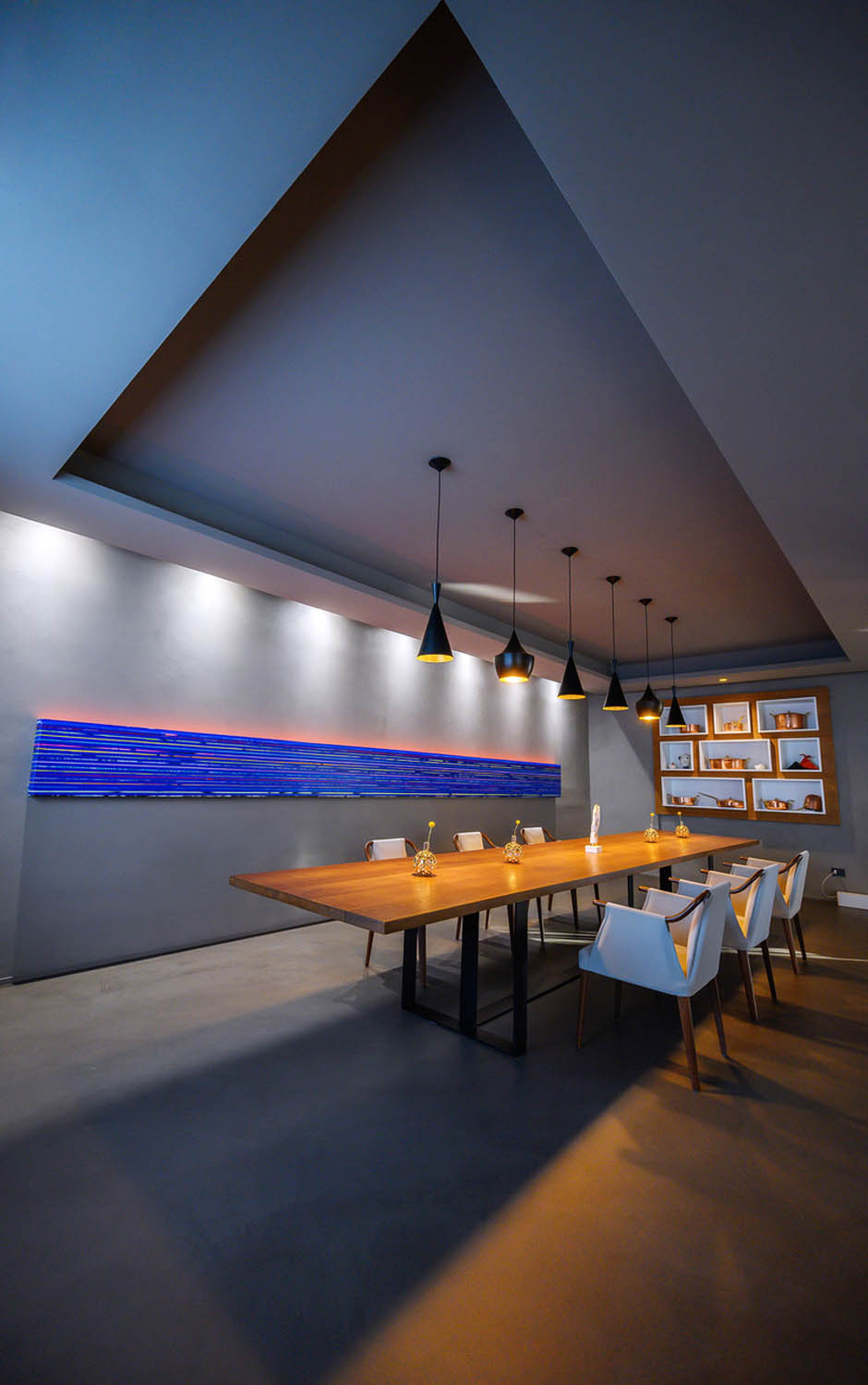
The dishes
From the aperitif onward, a well-defined culinary style emerges, substantial and easy to discern. This style is evident in their selection of bread with seeds, cinnamon, and olives, as well as spelt flour bread. The Valva tarallo with lard and pepper, and the savory pastry with corn, rosemary, and thyme, served with extra virgin olive oil, made of single-cultivar Nostrale olives.
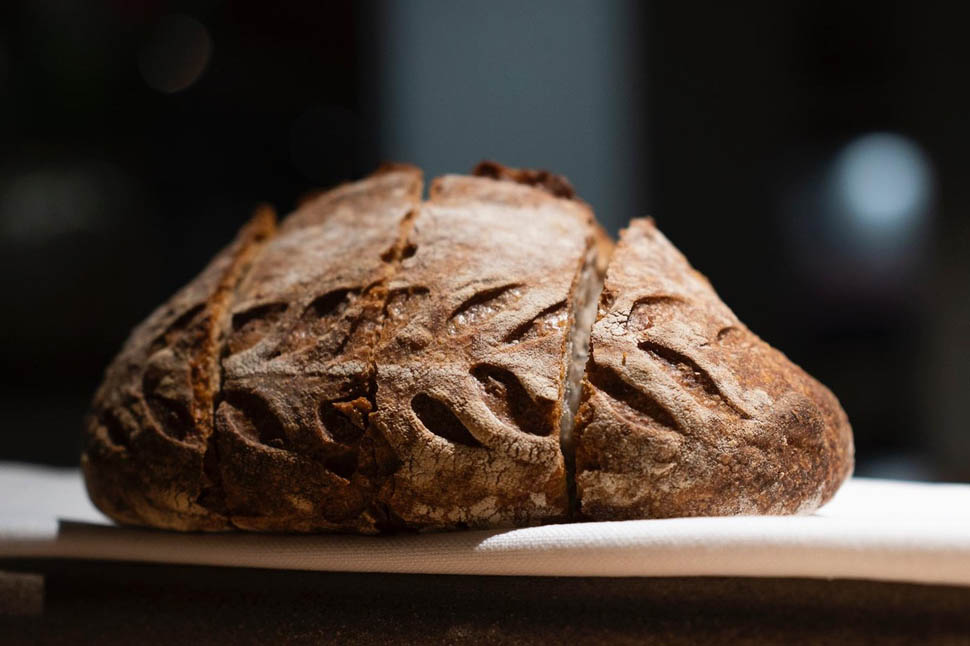
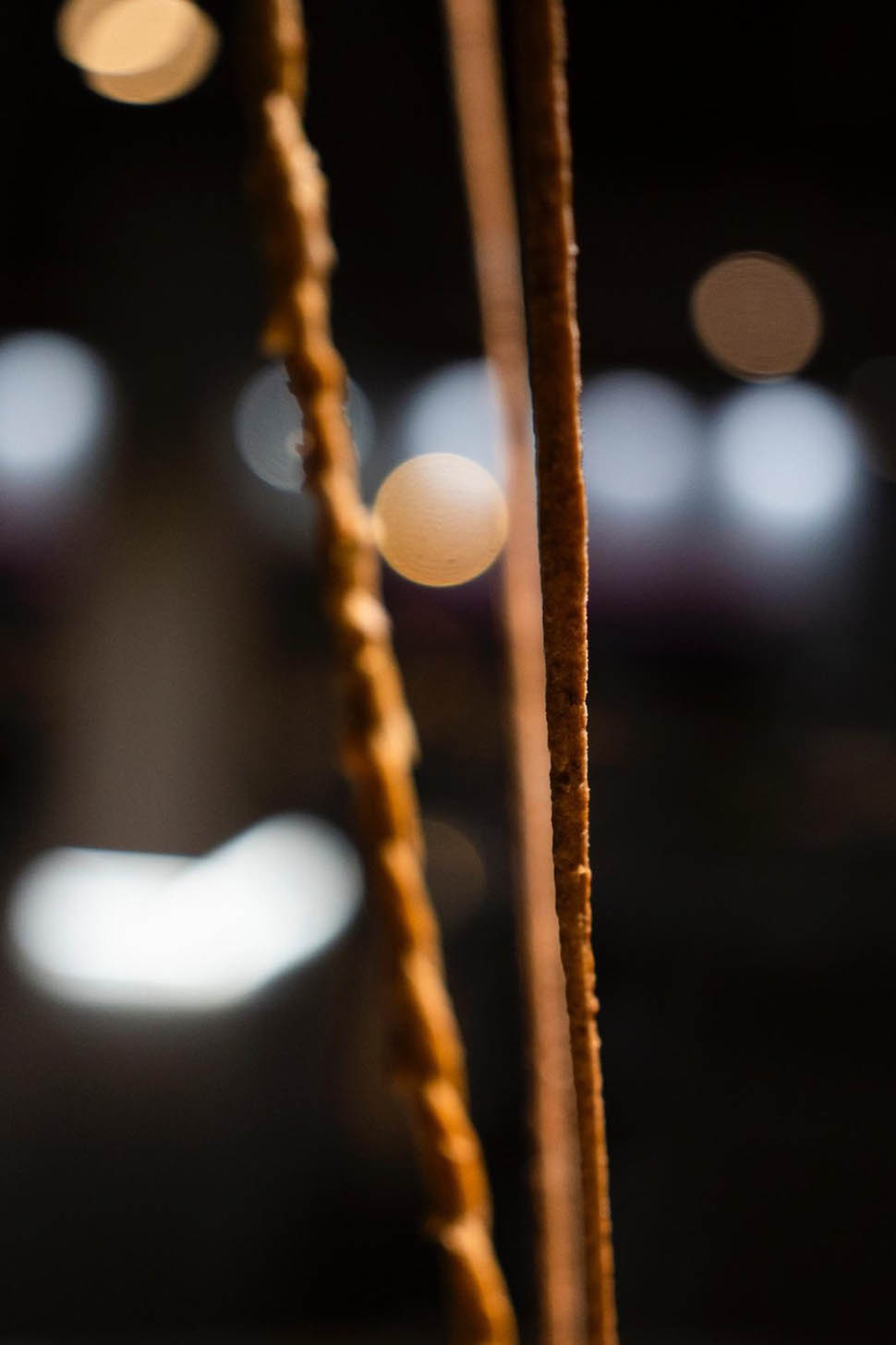
Compared to their origins, the increased focus on vegetables becomes apparent, starting with "Zucchina alla Scapece." This dish features zucchini scapece cream at its base, glazed zucchinis with extracts from their stems and the zucchini itself, and a flower, lightly cooked in water and salt to preserve its authentic flavor. This concentration of flavors immediately recalls the influence of Niko Romito, which is clearly seen in several dishes. Next is "Leek, Potatoes, and Truffle," with a base of potato mayonnaise, grilled leek extract perfectly complementing the earthy taste of lightly marinated black truffle.
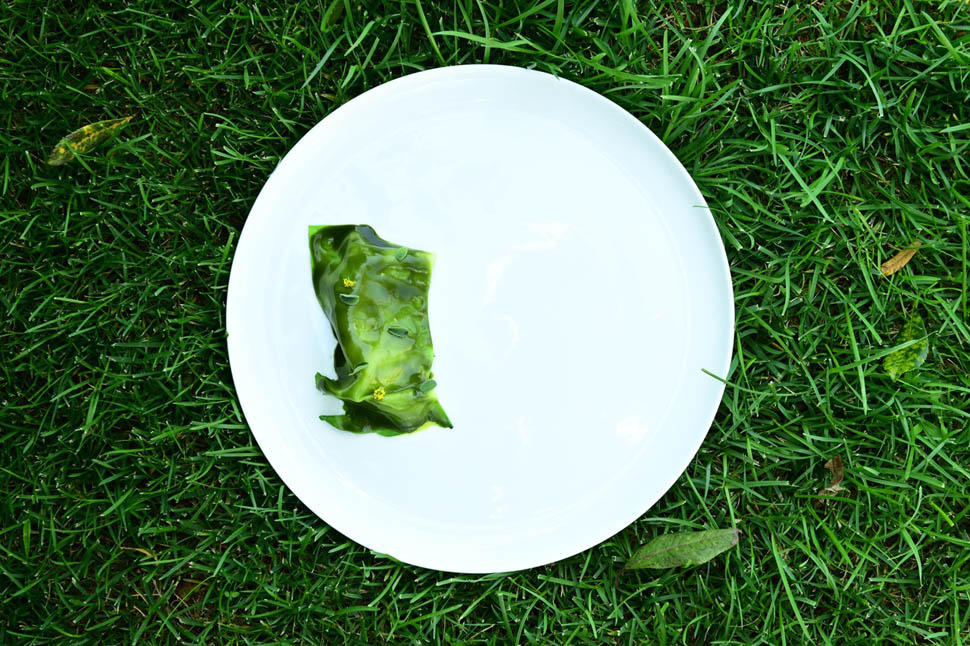
The "Hare Tartlet" explores the world of game with remarkable balance and grace. The tartlet features a base of hare ragout, taggiasca olive paté, apple, and radish with vinegar to provide the necessary acidity and freshness, topped with grilled hare loin slices. This dish excels in technique, flavor, texture, and balance. The "Lettuce Tortello" confirms their inclination to delve into the vegetable realm. Delicate and melt-in-your-mouth egg pasta encloses a filling of intense and slightly bitter lettuce and arugula, enhanced by the sweetness and acidity of Swiss chard extract.
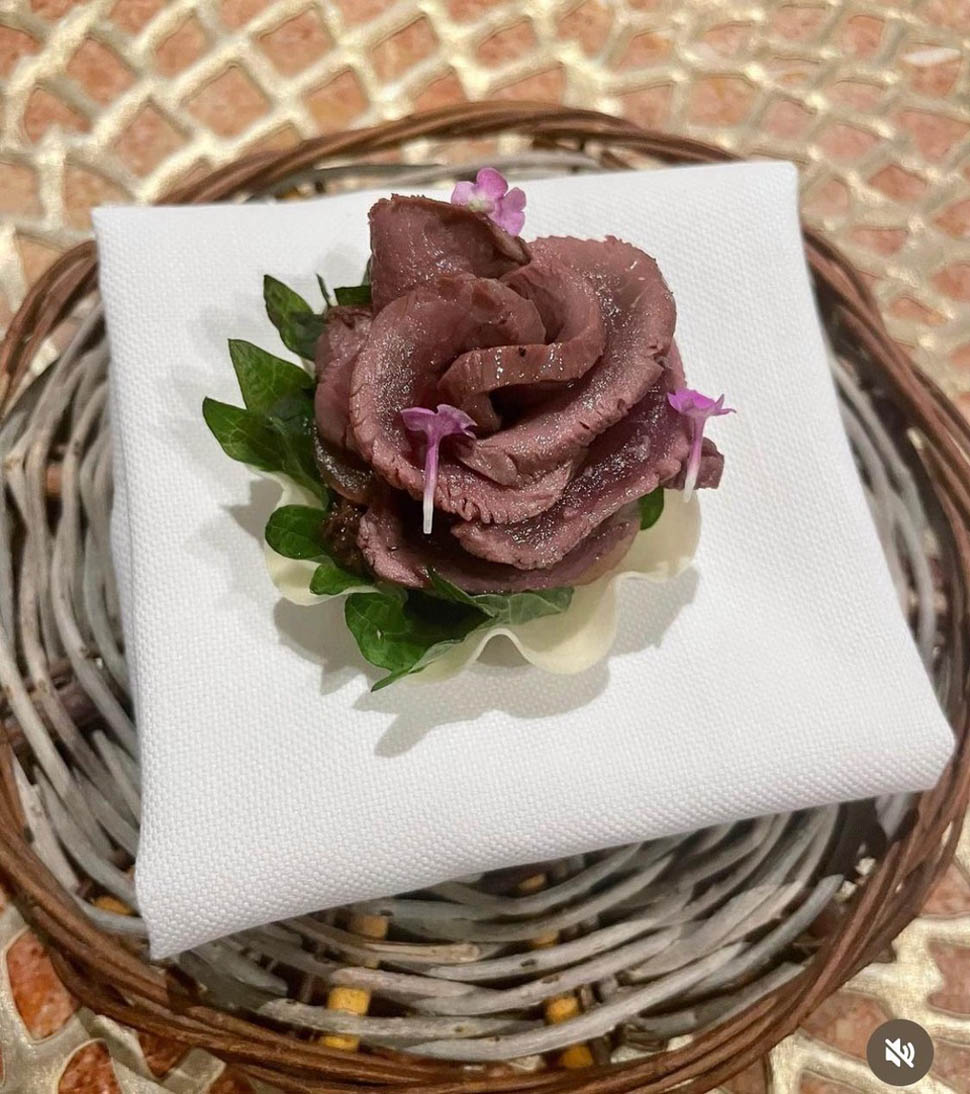
Even the second pasta dish, "Chilled Spaghetti, Yellow Pepper, and Oregano," is entirely vegetarian. It features spaghetti cooked in tomato water with yellow pepper cream, oregano, curry, and chives, creating a fresh, enveloping, exotic, and summery dish that showcases the chef's ability to make a cold dish equally enticing.
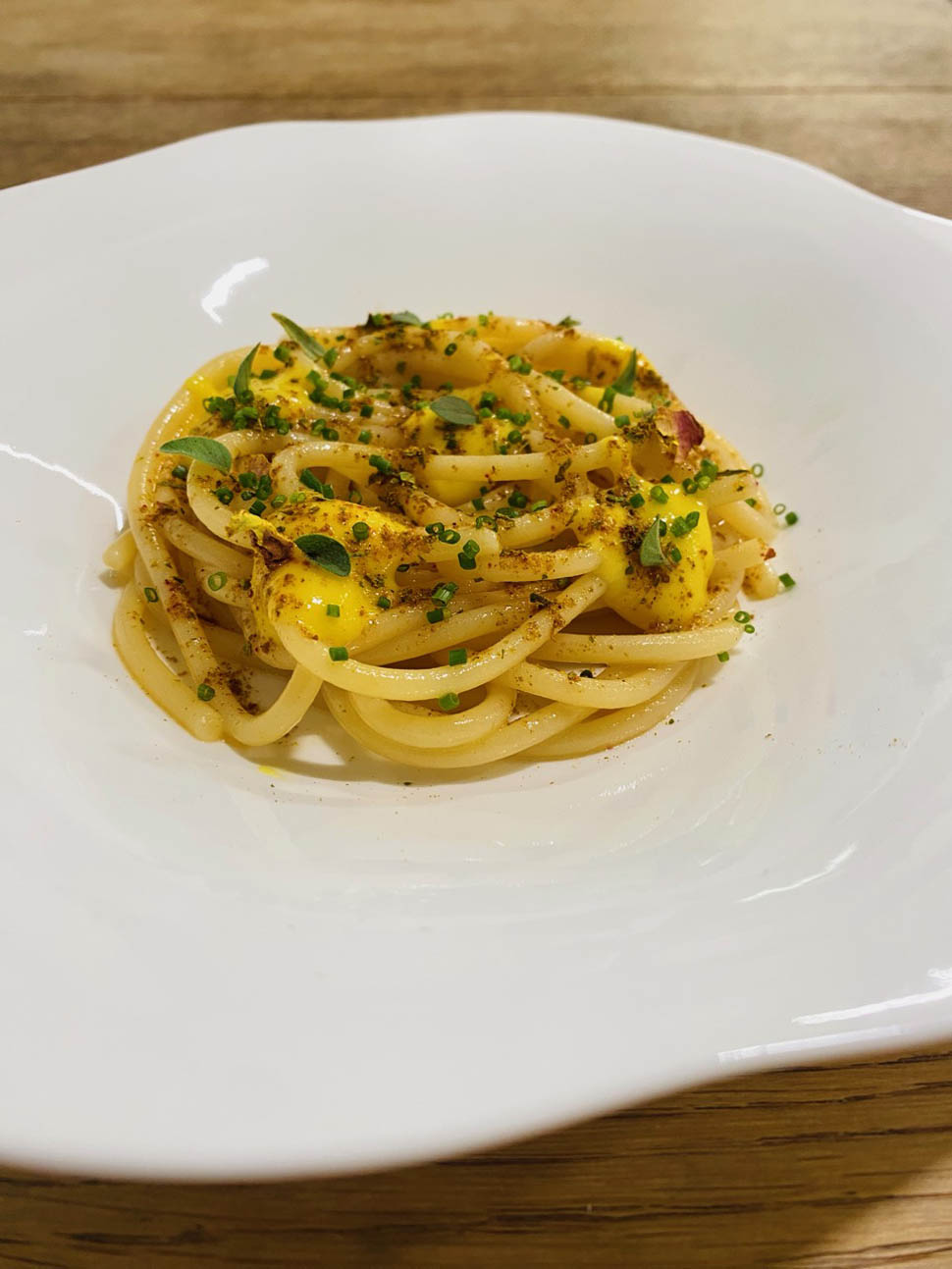
Among the main courses, "Eel, Plums, and Panzanella" stands out – succulent eel perfectly grilled, served with plum sauce, grapefruit, and green pepper panzanella featuring onions and tomatoes. The final savory course demonstrates that their work with meats is not secondary. It's the "Black Slave Veal Fillet, Pine Nuts, and Rue," showcasing a local breed, a cross between Frisona and Marchigiana, bearing a remarkable resemblance to tuna in terms of color and texture. The meat is grilled and accompanied by pine nut cream, rue, and marrow to add the necessary richness to elevate the experience.
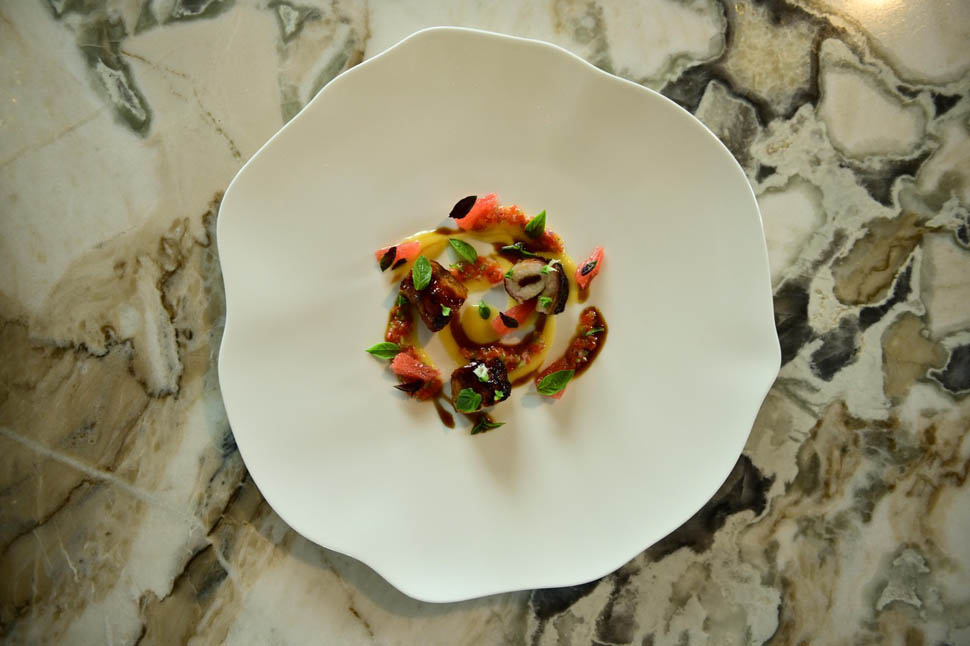
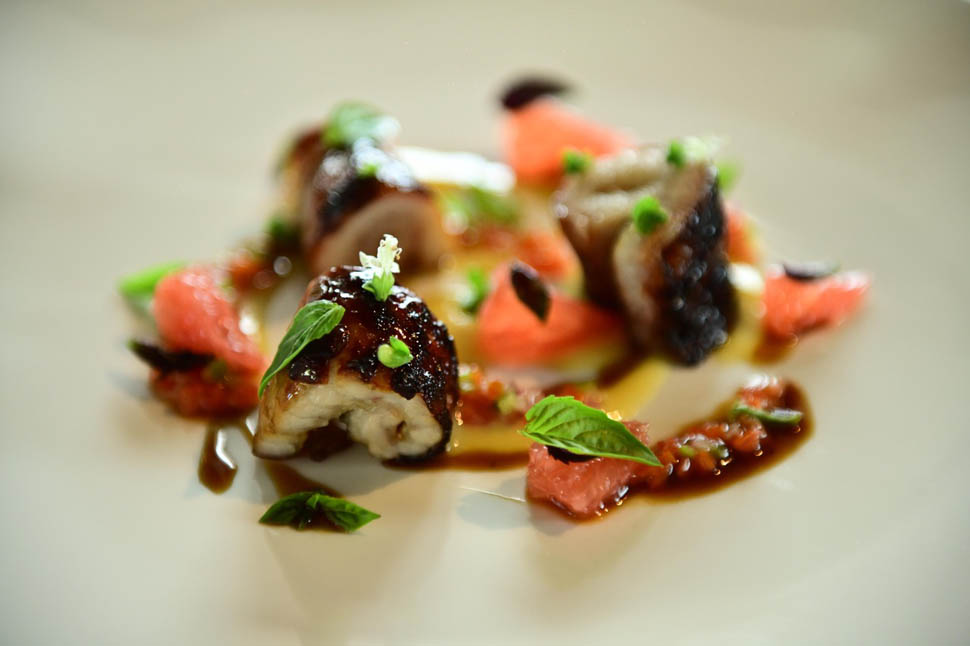
The dessert is particularly intriguing: "Ricotta, Lemon, Carrot Molasses, and Coffee." It features buffalo ricotta with capers and lemon, carrot molasses acting as a creamy element, and powdered coffee. Above it all, there's a vanilla film with a texture reminiscent of milk coagulation. The savory elements support the sweet ones without dominating, preserving the dish's inherent sweetness. It serves as the perfect conclusion to the meal, both surprising and delectable.
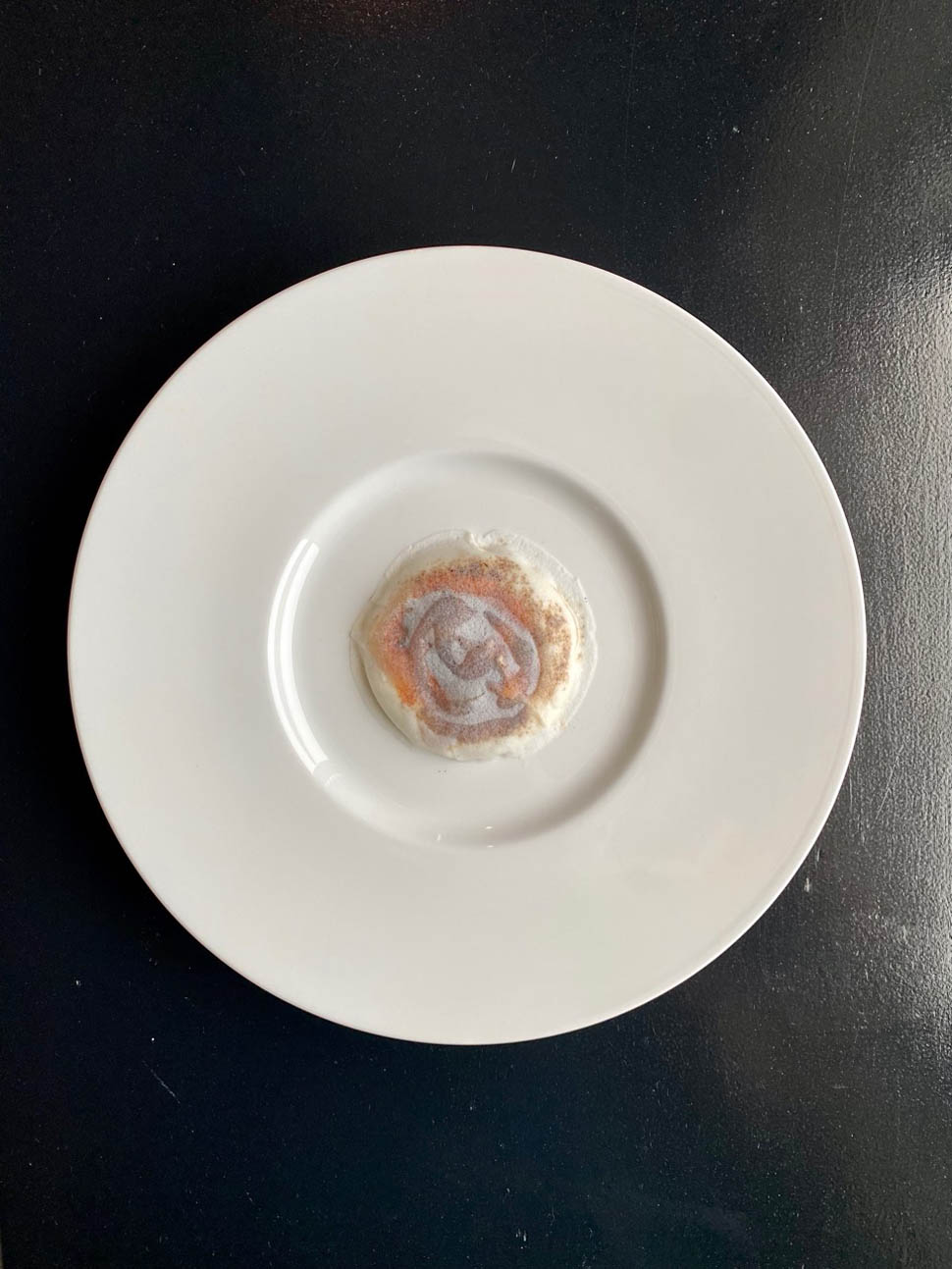
The wine list is extensive and well-structured, featuring renowned and prestigious wines with surprising depth in vintages. It also includes lesser-known labels that share the stories of small artisanal producers. Notably, the wine-by-the-glass selection is interesting and not ordinary, allowing for an extraordinary wine pairing experience that spans from Val d'Aosta to Armenia, passing through Jura, Moselle, and Friuli. Campania wines are well-represented, both for whites and reds, along with a comprehensive overview of other Italian regions, with a particular focus on Tuscany and its great reds. The list also includes a diverse selection from France, Austria, Spain, and Germany. There's no shortage of amaros and spirits, including fruit-based options, as well as an intriguing gin selection to customize your own Gin and Tonic to taste.
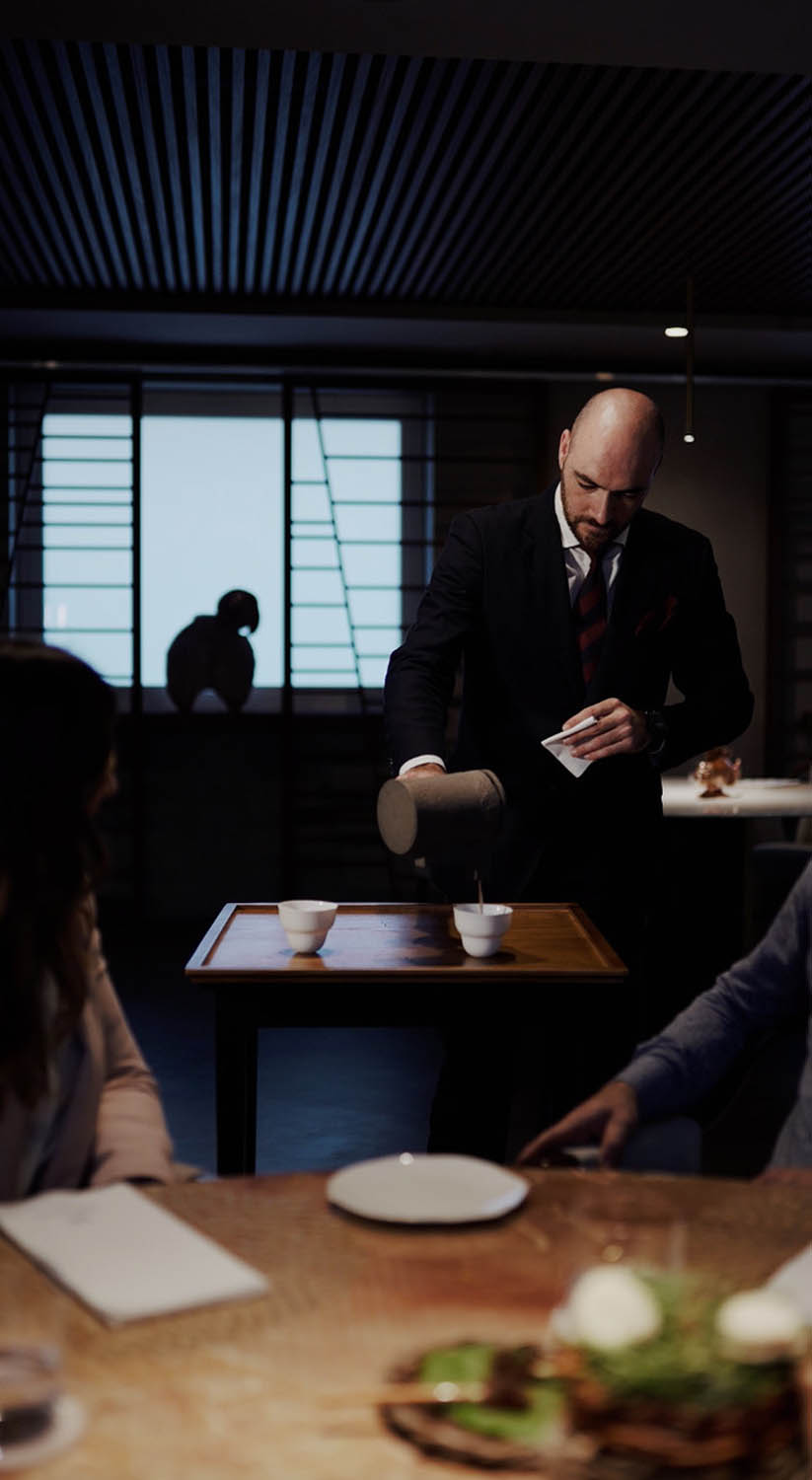
Following Tomas Torsiello's move to Molise in 2021 for personal reasons, Raffaele Laudano has taken the charge of the service side, managing it with extreme care, meticulous attention to detail, and impeccable timing, always appropriate and never intrusive. Alongside him is sommelier Salvatore Russo, empathetic and engaging, with a pronounced penchant for dialogue and storytelling. He has the ability to pique the interest of even the least wine-inclined diners. However, both are appreciated not only for their competence and professionalism but also for their remarkable harmony and rapport, which is clearly conveyed to diners. Raffaele admits, "Ultimately, if we weren't having fun, we couldn't do this job; it would be too burdensome."
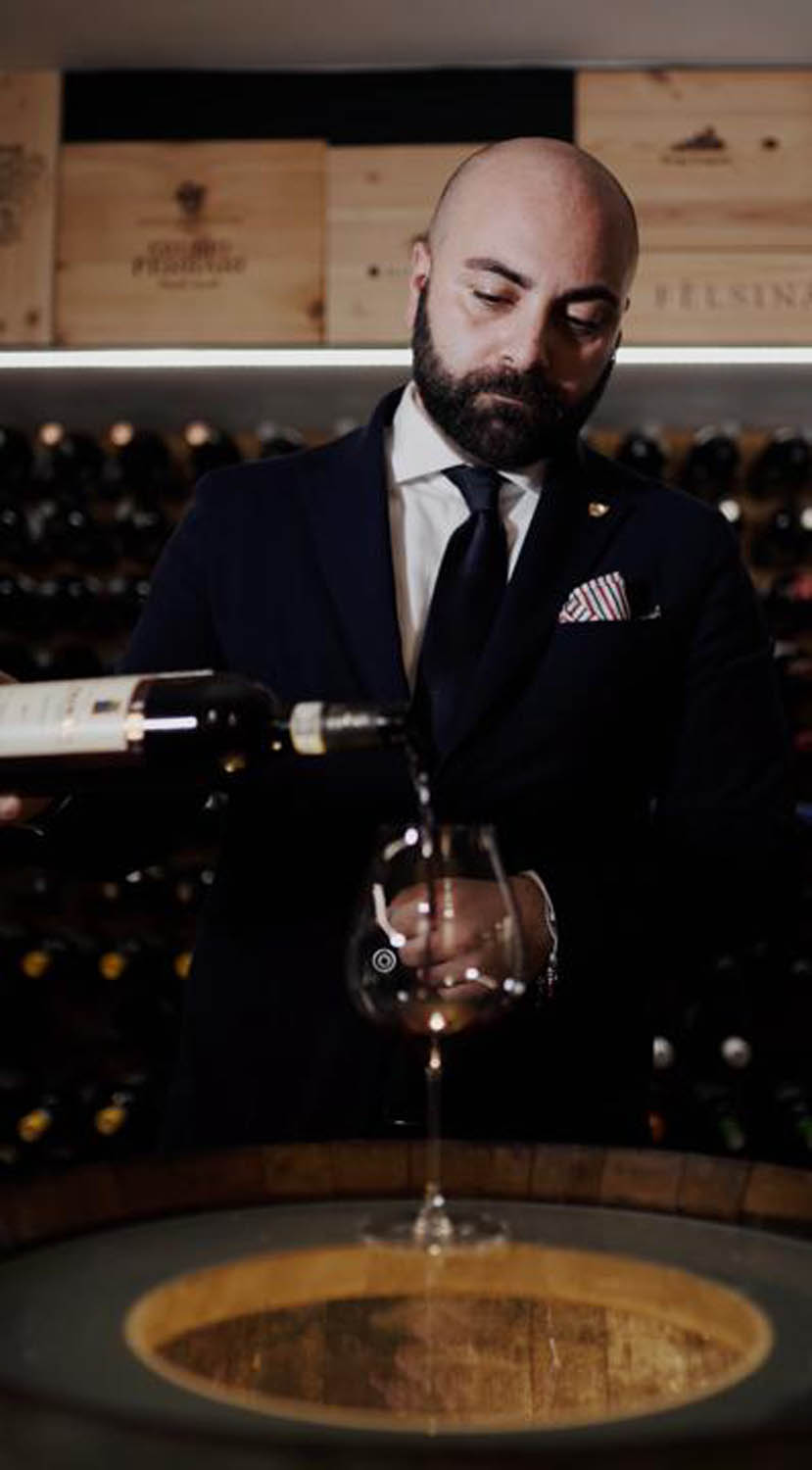
Thus, it's a close-knit team that can aspire to new achievements, both professionally with more awards and accolades, and on a personal level, which occasionally takes priority, according to the chef himself: "When the time comes, I'll retire to a countryside agriturismo with some animals and a daily-changing menu based on what I can source."
Address
Osteria Arbustico
Via Francesco Gregorio, 40, 84047 Capaccio SA
Tel: +39 0828 851525
